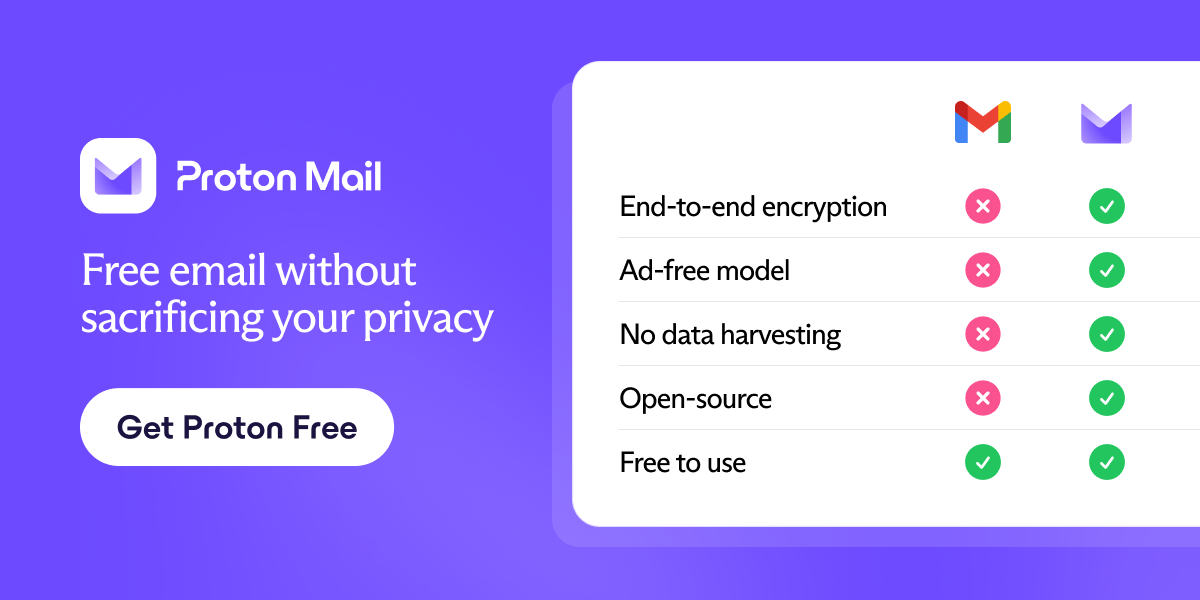- Tiny Big Spark
- Posts
- How Great Managers Run 1:1s That Build Trust and Boost Performance
How Great Managers Run 1:1s That Build Trust and Boost Performance
A simple framework to turn weekly meetings into growth engines
Building Trust, Rhythm, and Results Without the Noise
There’s a quiet power in a well-run 1:1 — the kind that doesn’t show up on dashboards or OKR spreadsheets, but you feel it in the pulse of your team. The energy feels smoother, issues surface early, and work just… flows. But when 1:1s are rushed, skipped, or winged, that energy fractures. Frustrations go unspoken, direction blurs, and people start guessing instead of talking.
If you’ve ever felt like your weekly meetings drift into status recaps, you’re not alone. Most managers think they’re doing “enough” — until a small miscommunication turns into a big retention problem. The truth? A 1:1 isn’t about checking boxes. It’s about maintenance for trust, clarity, and motivation — the quiet work that keeps everything else running.
The Simplest Way to Create and Launch AI Agents and Apps
You know that AI can help you automate your work, but you just don't know how to get started.
With Lindy, you can build AI agents and apps in minutes simply by describing what you want in plain English.
→ "Create a booking platform for my business."
→ "Automate my sales outreach."
→ "Create a weekly summary about each employee's performance and send it as an email."
From inbound lead qualification to AI-powered customer support and full-blown apps, Lindy has hundreds of agents that are ready to work for you 24/7/365.
Stop doing repetitive tasks manually. Let Lindy automate workflows, save time, and grow your business
Let’s break down what actually makes these conversations powerful — and how to make them feel less like a chore, more like momentum.

Why 1:1s Matter More Than You Think
Every system decays without maintenance. Teams are no different. The weekly 1:1 is that scheduled tune-up — a chance to lubricate friction points before they turn into stalls.
There are three fundamental reasons these meetings matter:
Coaching in real time.
You can’t wait for annual reviews to offer feedback. Momentum depends on catching good behavior early and course-correcting small mistakes before they calcify. A simple “Keep doing this” or “Try changing that next time” lands better when it’s said in the flow of work, not months later.Preventing silent drift.
Most problems don’t explode; they accumulate. A missed alignment here, a misunderstood tone there. Weekly 1:1s create a rhythm where issues can be surfaced casually — before they ever need escalation.Realignment of priorities and growth.
People lose motivation not because of workload, but because of misalignment. These meetings create space to recalibrate: Are they working on what matters? Are their personal goals syncing with what the team needs?
Tip: Don’t think of 1:1s as “meetings.” Think of them as a leadership hygiene ritual. You wouldn’t skip brushing your teeth because you were too busy — same logic applies here.
The Power of Ritual — Scheduling and Setup
Consistency breeds trust. The best 1:1s don’t happen “when things come up.” They’re anchored in the calendar, same time, same day, every week. It’s a small signal that says, “Your time matters enough to protect it.”
Once that slot is sacred, the next step is to make it frictionless to run.
A simple setup works best:
A shared Notion document for each person.
Each meeting logged under a header with the date.
The structure always the same: People, Product, Process.
That’s it — three sections, one page, zero fluff.
Every week’s notes stack in reverse order, giving you a living history of progress, commitments, and changes. You can scroll back months later and see patterns emerge — how someone’s confidence grew, how blockers vanished, or where promises faded.
Tip: As you close each meeting, create the next week’s header right away. Drop any follow-ups or reminders into it. It’s a small act that keeps momentum alive between sessions and signals to your team that you’re organized and paying attention.
Free email without sacrificing your privacy
Gmail tracks you. Proton doesn’t. Get private email that puts your data — and your privacy — first.
The Framework — People, Product, Process
Structure doesn’t kill authenticity; it amplifies it. When the scaffolding is predictable, your brain has space to listen. Here’s what each section unlocks.
People: Understanding the Human System
Open simply with: “How are things going with the team?”
You’re not fishing for gossip — you’re diagnosing the social weather. Is collaboration healthy? Are tensions forming? Are certain names coming up repeatedly, positively or negatively?
Notice patterns of language. When someone says “some people,” dig gently: “Who, specifically?” When they highlight a teammate doing great work, amplify it later in public. When there’s recurring friction, address it early — quietly, respectfully, before resentment sets in.
Tip: Use people-based insights to adjust pairing, redistribute projects, or mediate. You’re not just managing tasks; you’re tending the ecosystem that makes tasks possible.
Product: Clarity on What’s Being Built
Ask: “What have you been working on this past week?”
Not as an interrogation — as an alignment check. You’re looking for focus, ownership, and flow. This is not a Jira sync. You’re not managing tickets; you’re understanding direction.
Write notes as they talk. The act of visibly documenting achievements in a shared doc adds subtle accountability. It also signals respect — you’re saying, “What you’re saying matters enough to be written down.”
If the same blocker lingers week after week, that’s a pattern, not bad luck. Address it. Maybe it’s process friction, maybe confidence, maybe lack of clarity.
Tip: Make this the shortest section of the 1:1. The goal isn’t to review tasks — it’s to check momentum. If the conversation drifts into micromanagement territory, you’ve gone too deep.
Experience the Next Evolution of AI Intelligence
Watch The Worlds First AI Built for Cognitive Amplification live on October 15.
See how Pressmaster.ai turns one conversation into thirty days of authentic and impactful content.
Register free to join the launch event and experience the future of AI communication.
Process: The Improvement Engine
Ask: “Anything we can do to make you more productive or happier?”
This is the catch-all. The place where real improvements hide. It’s where you’ll learn that deployment takes too long, or meetings are draining, or someone feels invisible.
Some weeks, there’ll be nothing. That’s fine. Silence doesn’t always mean contentment — sometimes it means hesitation. You can reframe: “Anything slowing you down?” or “How’s the workload feeling?” Small rewordings open big conversations.
Use this time to share context too — company updates, upcoming changes, new hires. It’s where you align information flow so your people never feel out of the loop.
Tip: Keep a “theme tracker” — if you notice the same process pain surfacing from multiple people, that’s your next improvement project.
Beyond Tasks — The Career Conversation
Not every 1:1 should be about today’s work. Occasionally, step back and talk about tomorrow’s version of the person in front of you.
Career growth isn’t built in annual reviews. It’s built in small nudges — a project that stretches them, a conversation that reframes their next step. The beauty of a structured 1:1 rhythm is that it gives you space to notice when it’s time for a bigger talk.
Ask questions like:
“What kind of work gives you energy lately?”
“Is there something you’d like to try that you haven’t yet?”
“What would make the next six months feel meaningful?”
These are gentle doorways into deeper conversations. Not every week, but periodically. They show you see them as more than output — you see them as a trajectory.
Tip: Document these moments, even briefly. It becomes a trail of intent — useful for mentoring, promotions, and self-reflection.
Americans Born Between 1941-1979 Can Receive These 10 Benefits This Month

Your 50s+ are a great time to build wealth. Beyond basics like bulk shopping and retirement accounts, here are some fresh ways to grow your money you might’ve missed.
Learn MoreThe Meta Game — Respect, Rhythm, and Reflection
Treat 1:1s like sacred space. Don’t cancel them. Don’t gossip from them. Don’t share notes beyond the people in the room. The integrity of this space determines how open people will be.
The moment you treat it casually, you lose the most valuable asset in leadership — trust.
These meetings aren’t for emergencies; they’re for prevention. If you’re constantly firefighting during them, it’s a sign the real issues are happening elsewhere. The 1:1 should be a calm checkpoint, not a crisis hotline.
Routines aren’t constraints — they’re clarity.
A consistent rhythm doesn’t make things robotic; it makes them safe. People open up when they know the rhythm is predictable and the environment is stable.
Write things down. Track what changes. Show that you remember. Over time, those notes become a story — not of tasks, but of growth, trust, and evolution.
Final Thought
When you think about it, running 1:1s well is like tuning an instrument. Slight adjustments, consistent practice, and attention to tone make all the difference. Most people hear the melody of productivity; few listen for the harmony of connection that makes it work.
You can’t automate empathy. You can’t outsource presence. But you can systematize care — and that’s exactly what great 1:1s do.
So next week, when that meeting shows up on your calendar, treat it like the most important 30 minutes of your week. Because it probably is.
What’s your next spark? A new platform engineering skill? A bold pitch? A team ready to rise? Share your ideas or challenges at Tiny Big Spark. Let’s build your pyramid—together.
That’s it!
Keep innovating and stay inspired!
If you think your colleagues and friends would find this content valuable, we’d love it if you shared our newsletter with them!
PROMO CONTENT
Can email newsletters make money?
With the world becoming increasingly digital, this question will be on the minds of millions of people looking for new income streams in 2025.
The answer is—Absolutely!
That’s it for this episode!
Thank you for taking the time to read today’s email! Your support allows me to send out this newsletter for free every day.
What do you think for today’s episode? Please provide your feedback in the poll below.
How would you rate today's newsletter? |
Share the newsletter with your friends and colleagues if you find it valuable.
Disclaimer: The "Tiny Big Spark" newsletter is for informational and educational purposes only, not a substitute for professional advice, including financial, legal, medical, or technical. We strive for accuracy but make no guarantees about the completeness or reliability of the information provided. Any reliance on this information is at your own risk. The views expressed are those of the authors and do not reflect any organization's official position. This newsletter may link to external sites we don't control; we do not endorse their content. We are not liable for any losses or damages from using this information.





Reply